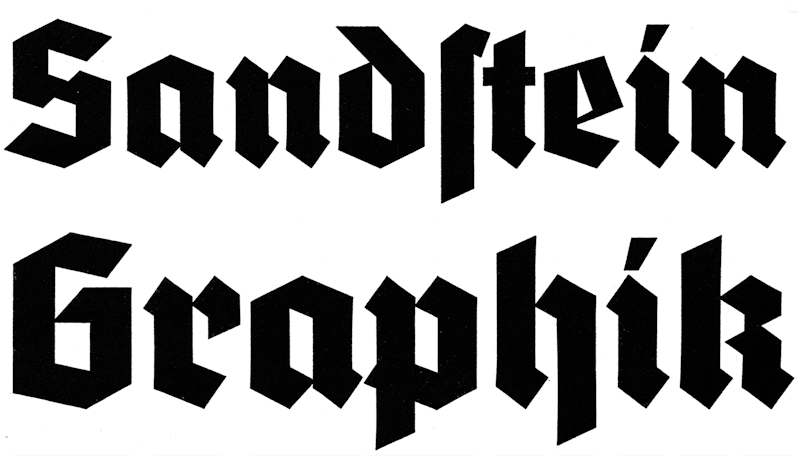I spent a week this summer with my son in Minnesota studying German at Concordia Language Villages, a wonderful program run by Concordia College that teaches 15 languages ranging from Arabic to Swedish. My German’s rudimentary, though my pronunciation is eased by having grown up with an Austrian-born father and a mother who spoke German with her German-born mother and others. Among my motivations for learning the language are the prospect of gaining Austrian dual-citizenship based on my father’s persecution in Nazi-run Austria.
Waldsee, the name of the German-language village, means “lake by the woods,” a theme at Concordia, with the French village named Lac du Bois, for example. Long after Waldsee was named, it was discovered that the same name had been foisted upon concentration-camp inmates, who were told to write to their families that they’d been relocated to a pleasant place named Waldsee. Concordia contemplated renaming its village, but opted instead to acknowledge this grim association and teach campers about it in age-appropriate classes.
At Waldsee, everybody chooses a German name. I was Klaus. While most of the classes I took focused on getting some basic German vocabulary and grammar down, I also opted for some lessons in traditional German cursive and calligraphy. Such lettering, called Kurrent, has mostly fallen out of use, though there’s effort now among German-speaking people to regain it for reading historical and ancestral documents. As our teacher mentioned, and which I confirmed in my own research that I shared with the class, Hitler pushed Kurrent into obsolescence, seeing its incomprehensibility to non-Germans as an obstacle to Nazi rule and propaganda.
There’s a long history behind this. In the Middle Ages, the Carolingian writing style used by monks gave way to blackletter, the heavy letters sometimes called “Gothic” (but not the same as the alphabet used by the Goths). The advent of the printing press spread varieties of blackletter across Europe. These retained dominance in German states even after much of Europe had moved toward Latin-style fonts in keeping with Renaissance interest in emulating the ancient Romans. Fraktur, a blackletter style marked by breaks and sharp angles, was seen as distinctively German. Kurrent developed as its counterpart in flowing script.
In the late-19th and early 20th-centuries, in a now-unified Germany, there was growing contention between Fraktur, which was upheld by nationalists, and Antiqua fonts, unadorned Latin letters such as had become common in many other countries. Chancellor Otto von Bismarck reputedly refused to read books that had German in Latin lettering. Various mixes of the styles emerged, including in documents where foreign or suspect ideas were relegated to Antiqua. Nationalists celebrated Fraktur as better-suited to German culture, including arguing that its graphic heaviness spoke to the seriousness and severity of the German soul.
The controversy carried over into the realm of cursive. As a result, many German students had to learn multiple styles of writing. Albert Einstein used Kurrent in his handwritten letters until 1905, which happened to be his “miracle year” of scientific insights. At that time, he shifted to Latin-style cursive to expedite communication with scientists around the world.
A modified form of Kurrent, known as Sütterlin after its designer, was introduced in 1911. It became widely used, but as a form of modernization, it may have weakened nationalist interest in upholding Kurrent; moreover, Hitler seems to have had a dislike for the Sütterlin style.
In the 1930s, the Nazi regime initially emphasized Fraktur and a thick-lettered variant that’s been called Schaftstiefelgrotesk—jackboot grotesque. However, in 1941, with Germany controlling most of Europe, the Nazis perceived the difficulties of ruling over people who couldn’t understand the occupiers’ posters and written orders. Accordingly, with the excuse that traditional German writing had been corrupted by Jewish influence, the Nazis issued an order that documents henceforth would not use Fraktur. An order banning Kurrent followed.
After Nazi Germany was defeated, the Allies reinforced Germany’s turn toward Latin writing. Blackletter became uncommon, a style used in signage on quaint inns, for example, and the ability to write or read Kurrent gradually became uncommon.
At Waldsee, we slowly read some old book inscriptions and other documents written in Kurrent. This required considerable effort, as the letters are dissimilar from American cursive (which itself has become increasingly uncommon). One of my fellow students, on leave from the U.S. Army to get a national-security degree, was fascinated by the German letters and showed skill at reading them. “You do cryptography in the Army?” I asked. “Maybe,” he replied.
—Kenneth Silber is author of In DeWitt’s Footsteps: Seeing History on the Erie Canal and is on Twitter: @kennethsilber

